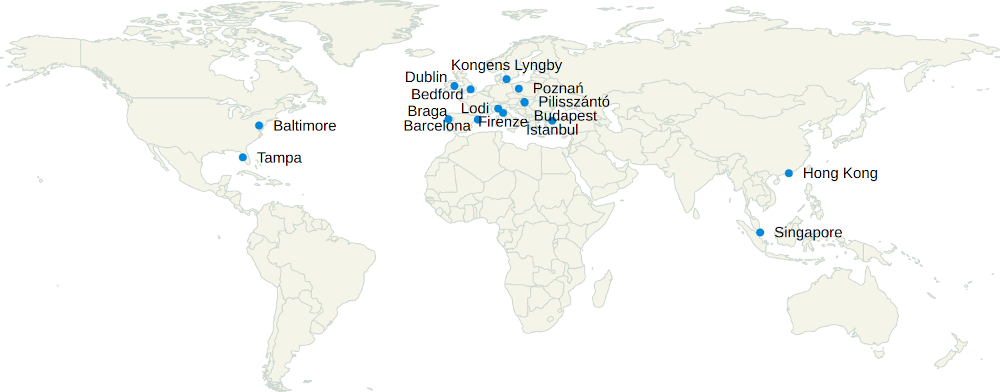Advantages:
only 30s of irradiation by Trylight are enough to activate an antibody solution:
-high reproducibility
-stable and covalent bond
-usable with any type G immunoglobin (IgG)
-excellent results in detecting antigens.
Use Trylight for:
SPR (Surface Plasmon Resonance)
Ideal for functionalization with IgG antibodies of transducers used for SPR systems. Simply irradiate the antibodies with Trylight and take advantage of the inherent fluidics of the Biacore instrument to activate the metal surface of the transducer.
QCM (Quartz Crystal Microbalance)
Excellent for functionalization of QCM electrodes with IgG antibodies. Usually the QCM biosensors already have their own microfluidics and also in this case it is necessary to activate the IgG with Trylight and let the solution flow directly into the fluidics of the system.
Magnetoelastic Sensor
This type of biosensor uses tapes with magnetoelastic properties as transducers. To make them biocompatible it is necessary to cover them with gold. At this point, using the Trylight is the simplest way to cover the ribbons with IgG antibodies in just a few minutes.
Gold nanoparticles
Gold nanoparticles are used extensively in the biosensory field. The main difficulty of using gold nanoparticles is the complex functionalization. With Trylight it takes only 5 minutes to functionalize even several liters of the colloidal solution, e.g.: irradiating 1 mL of antibodies (concentrated 25 ug / mL) with Trylight, it is possible to functionalize 1 liter of gold nanoparticles (10e10 nanoparticles for mL)
MEF (Metal Enhanced Fluorescence)
The MEF exploits gold nanoparticles with a particular conformation deposited on solid supports to obtain the amplification of the fluorescence. With Trylight it is possible to functionalize the entire surface with IgG in just a few minutes.
Impedance Sensors
Impedance measurement is a complex technique that requires great attention to be uses, but has a high potential in achieving very low limits of detection. The trick is to have a perfect coverage of the electrodes with the bioelement, well anchored and with the sensitive part well exposed. All this can be offered by the Trylight with which it takes a few minutes to achieve the result in a short time.
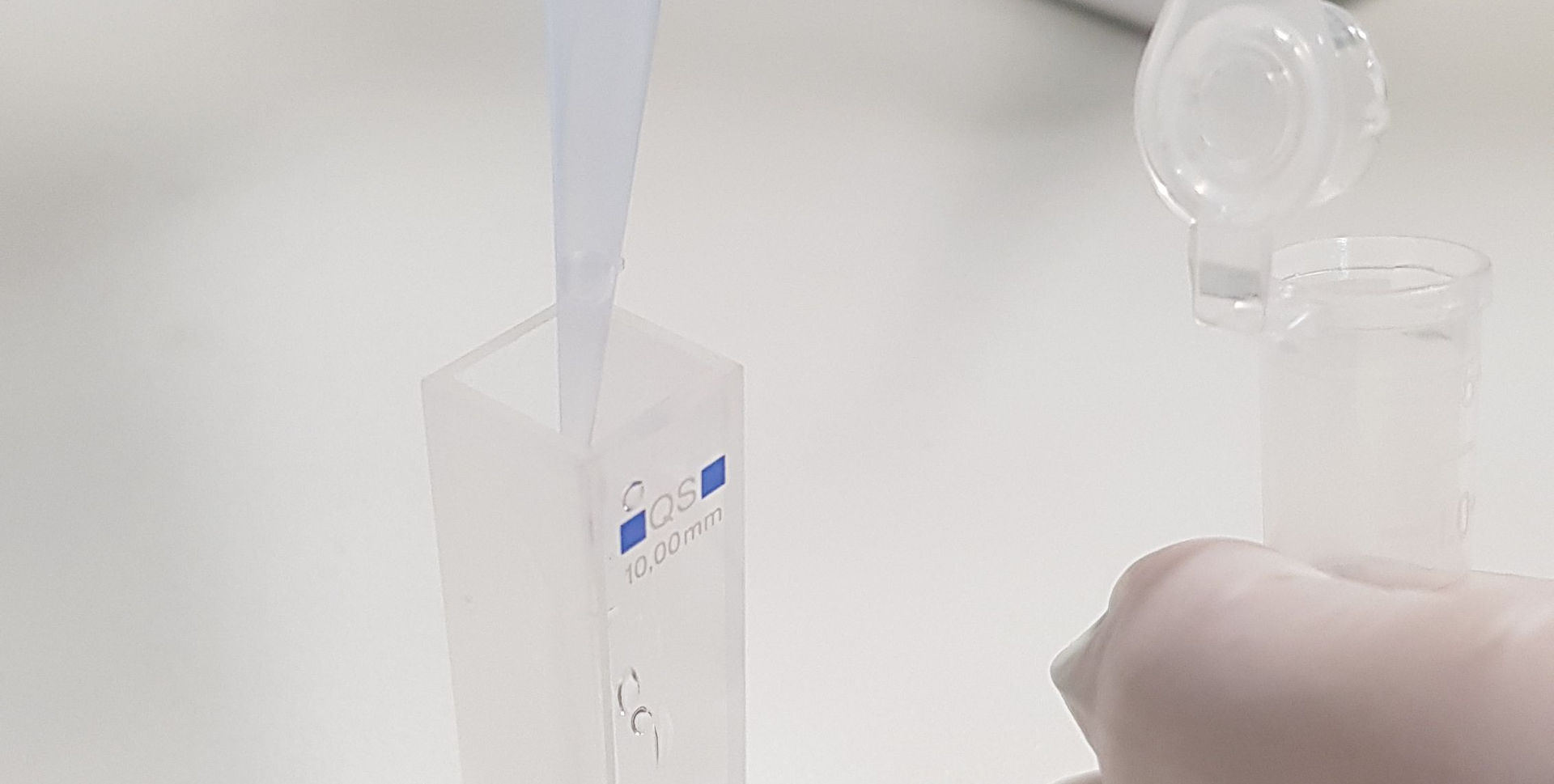
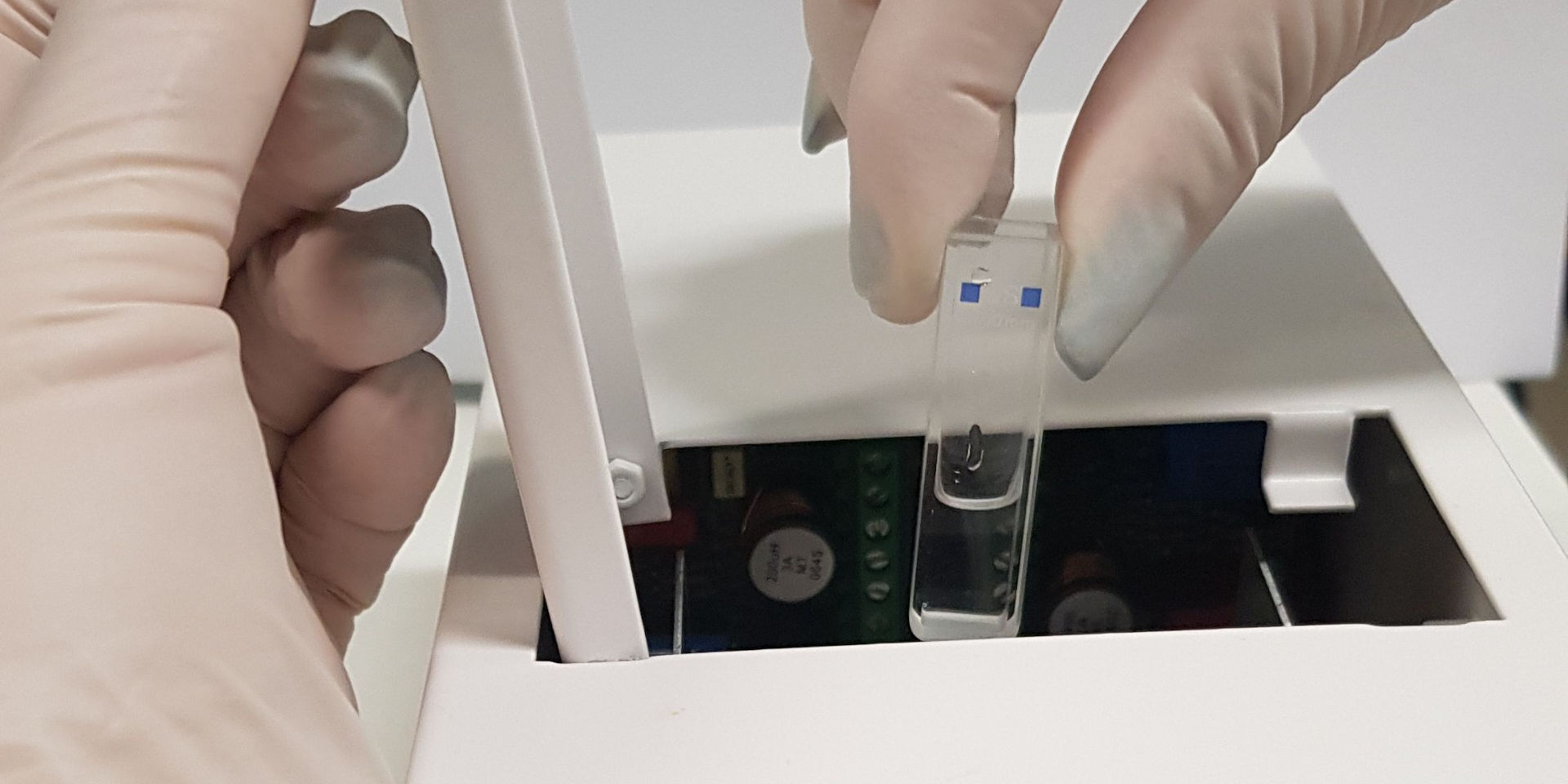
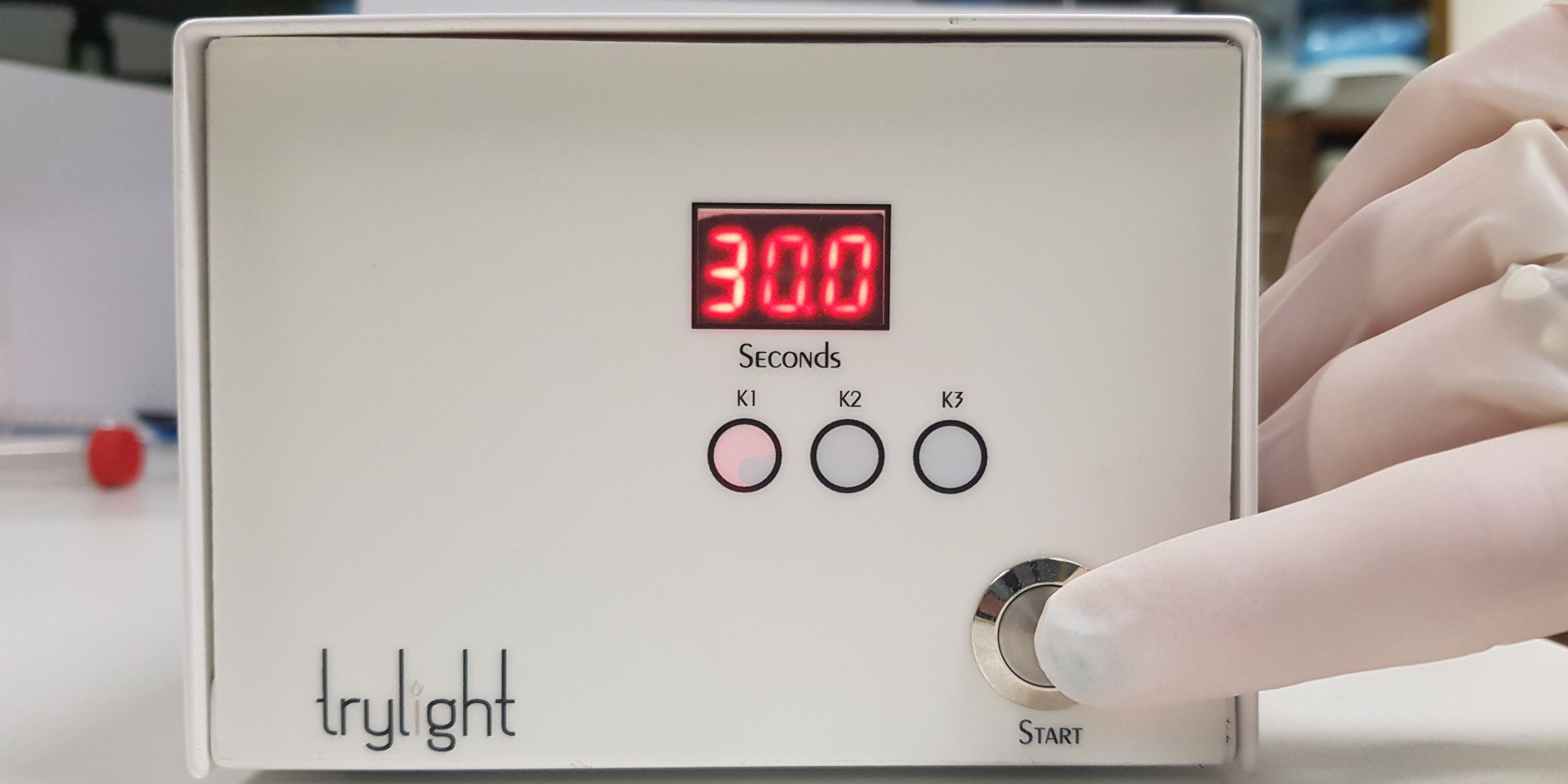
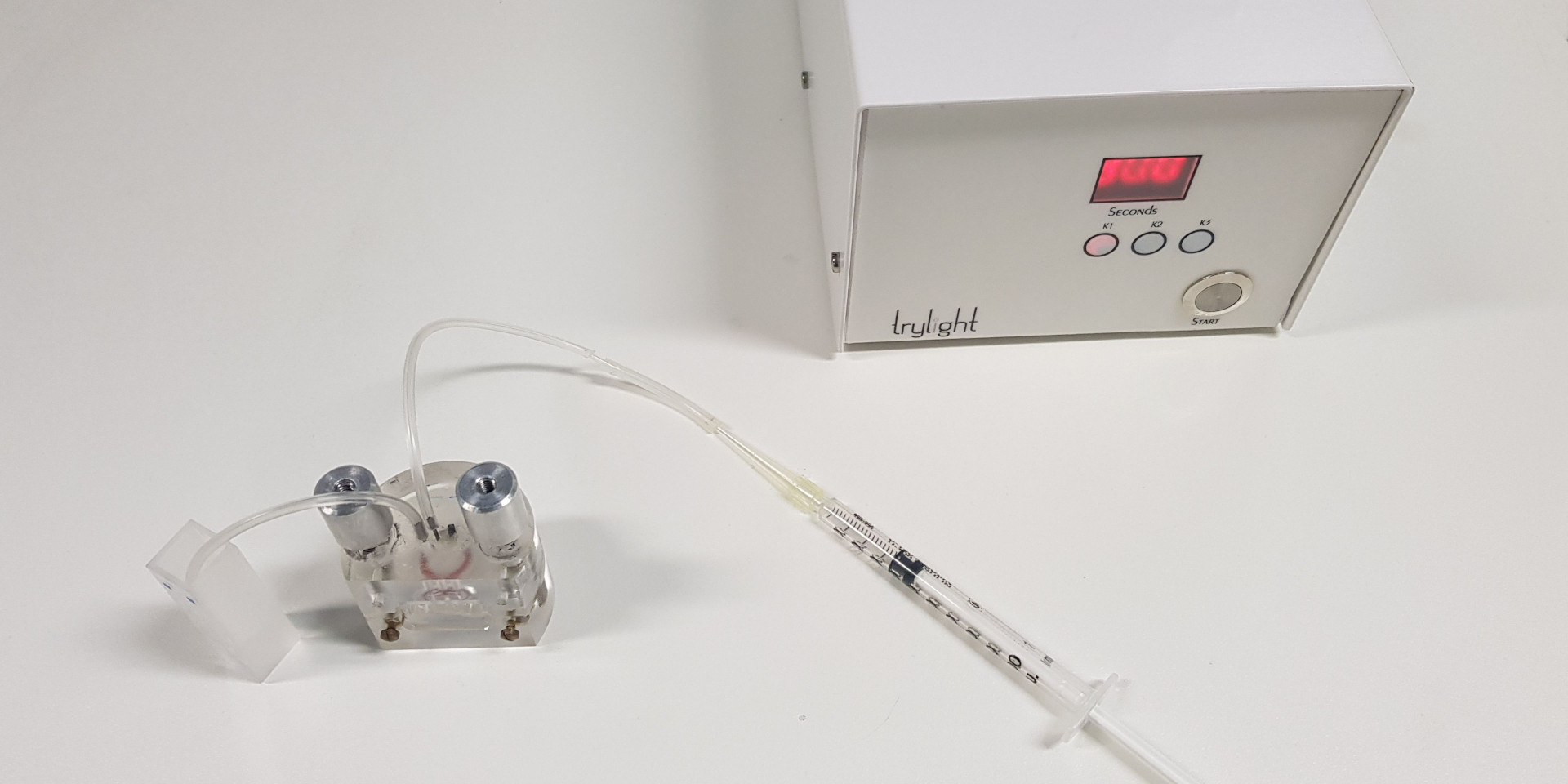
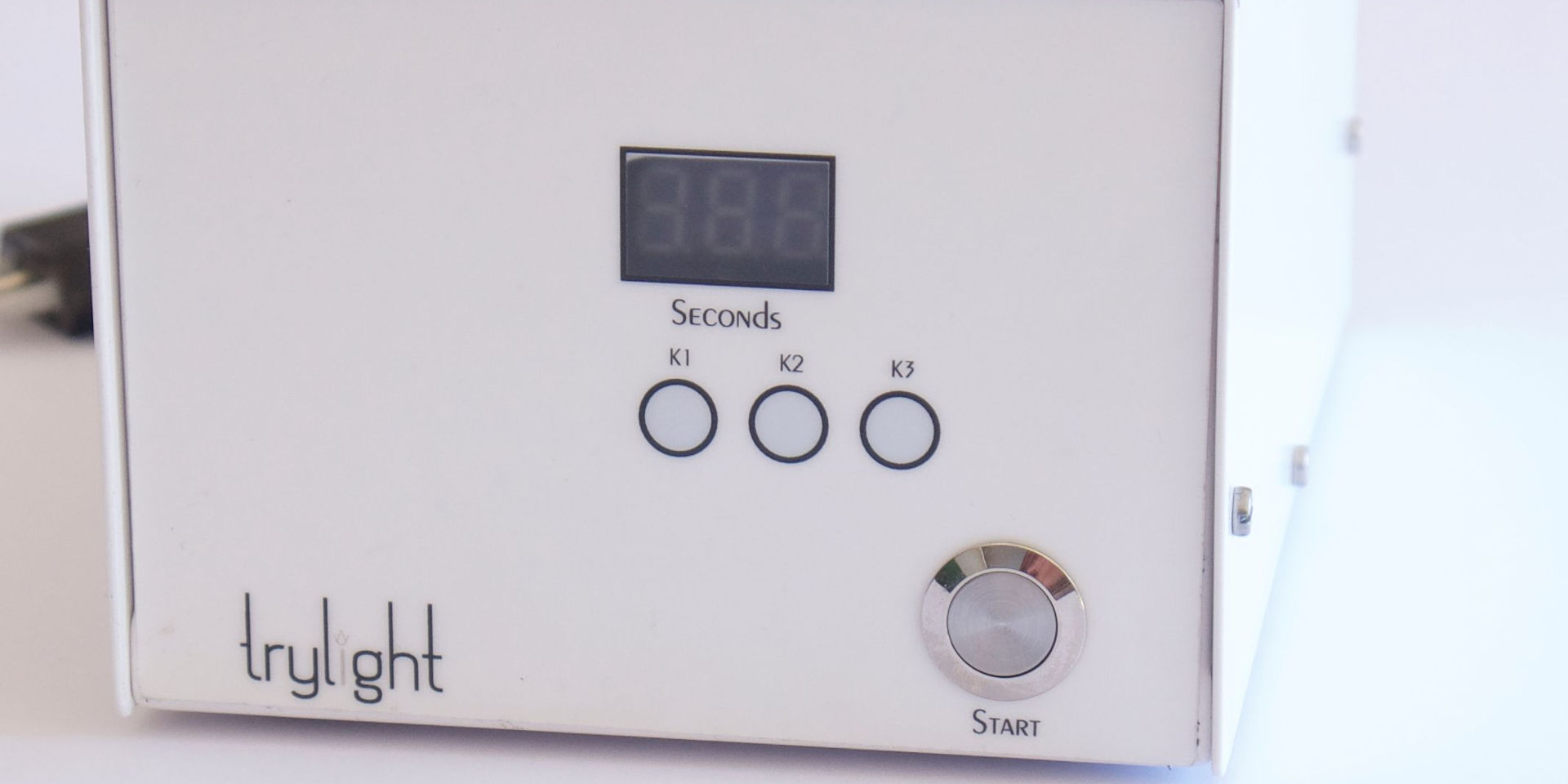
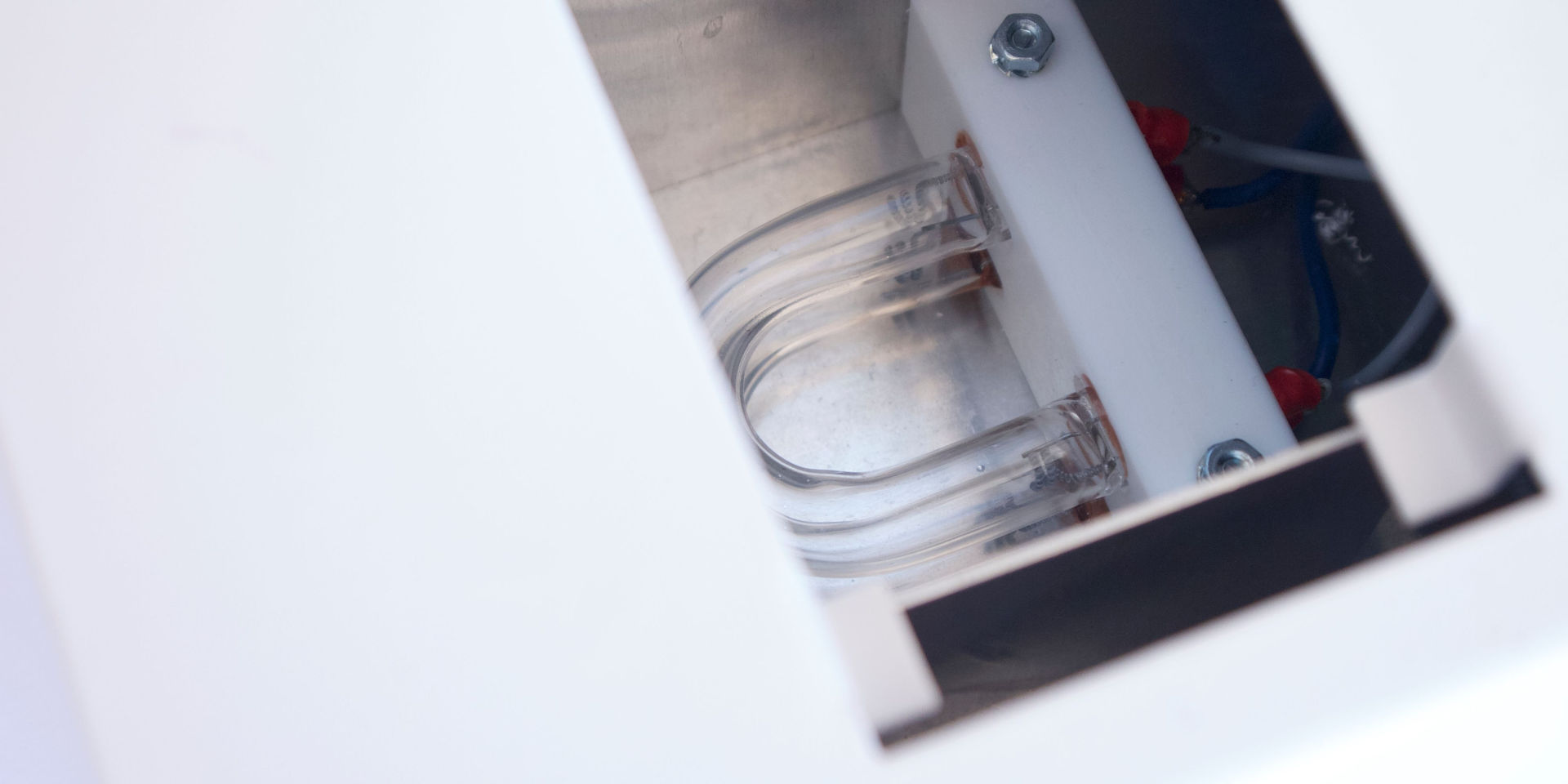
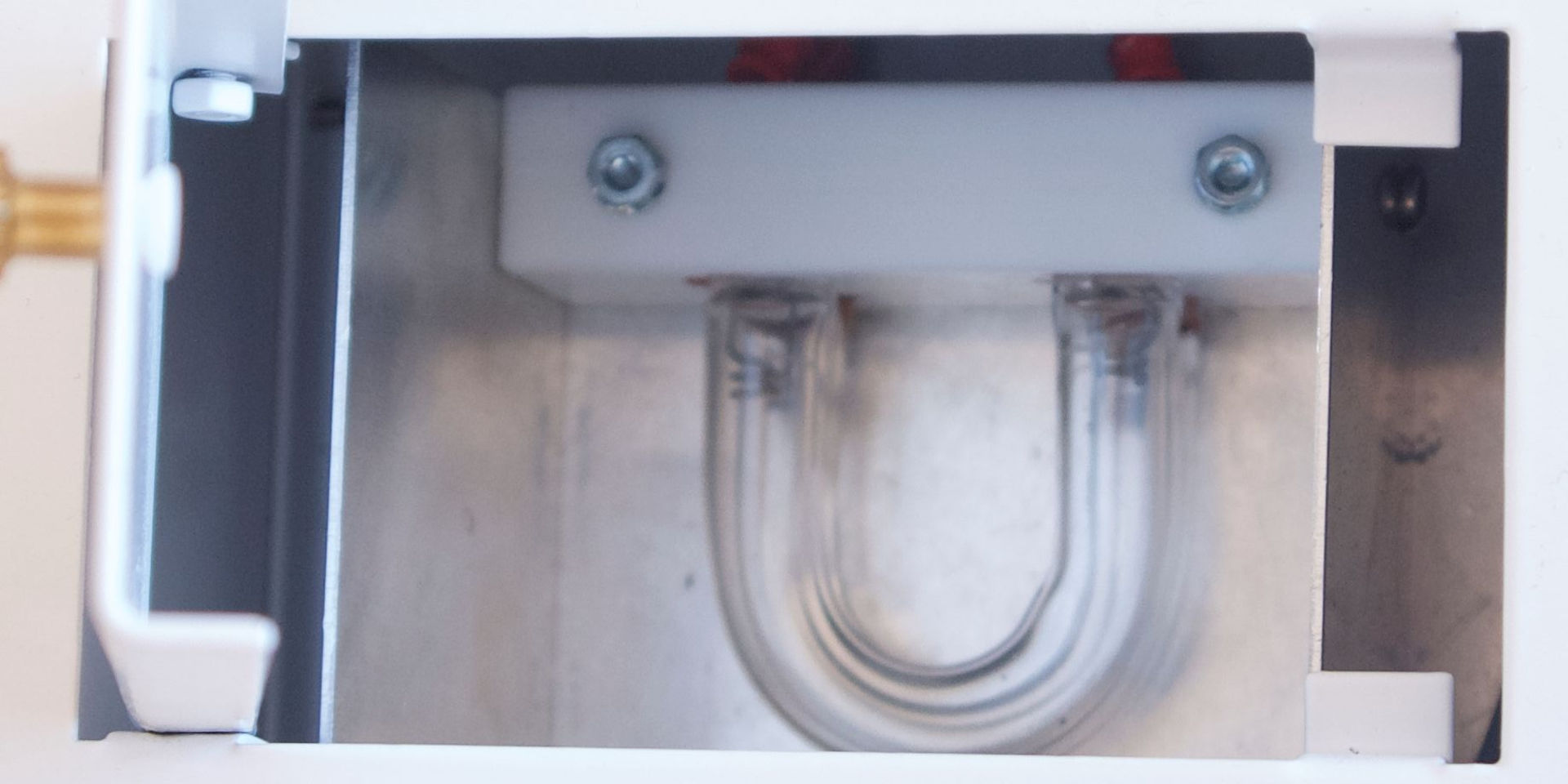
Lamp type: PR7GL-5 253.7 .nm
Technical data
LAMP BODY: pure quartz of European origin
PIPE DIAMETER: 10 mm
FORM: U
LENGTH: total pin body excluding 45 mm
WIDTH: 40 mm
SUPPLY VOLTAGE: 12 Vdc
LAMP CURRENT: 170 mA
POWER OF SINGLE LAMP: 6 W
WORKING FREQUENCY: 35 KHz
UV EMISSION WAVELENGTH TYPE: PR7GL-5 254 nm
TOTAL UV INTENSITY ON THE CUVETTE: 0.3 W / cm2
OPERATING TEMPERATURE: -10 to 70 °C
HUMIDITY: max 95%
CONNECTION FEET: tungsten diam. 0.5 mm
The Photochemical Immobilization Technique (PIT) is a functionalization method able to tether antibodies (Abs) on metal surfaces (such as gold or other bio-compatible metals) in a proper orientation that is with their binding sites well exposed to the environment.
This strategy is based on the selective photochemical reduction of disulfide bridges in immunoglobulins (Ig) produced by UV activation of near aromatic amino acid. Briefly, PIT is based on the selective photoreduction of disulphide bridges produced by the UV activation of the trp/cys-cys by means of a Trylight lamp.
The UV photon energy is adsorbed by tryptophan and transferred to near electrophilic species like the close cys-cys resulting in the cleavage of the disulphide bridge and in the formation of new reduced thiol (SH) groups able to bind. Considering that the triad of residues trp/cys-cys can be found in every Ig, the PIT is applicable in a wide range of fields.
Promete is a small company that focuses its business on R&D and on bringing to the market new ideas from research to approach new business opportunities in selected niche markets. The company considers as main growth drivers the investment in IP, in the expertise in frontier applications and in high value-added and innovative products/services jointly developed through partnerships and collaborative actions with public and private entities.
In recent years PROMETE enhanced its R&D effort on biosensing through a tight collaboration with professor Raffaele Velotta (Physics Department of the University of Naples Federico II) for the development of sensors devices aimed at detecting foodborne pathogens. In this context, the surface functionalization procedure set up for binding oriented antibodies onto gold surfaces led us to contact Procom – a small company with expertise in UV lamps – with whom we designed and patented Trylight, an easy-to-use tool for carrying out the Photochemical Immobilization Technique. PIT is proving itself to be an effective way to tether antibodies on any thiol-reactive surface (e.g. gold), thus, the majority of the immunosensing platforms can take advantage of it.
- Minopoli, A., Della Ventura, B., Lenyk, B. et al. (2020). Ultrasensitive antibody-aptamer plasmonic biosensor for malaria biomarker detection in whole blood. Nature Communication 11, 6134 (2020).
- Colorimetric Test for Fast Detection of SARS-CoV-2 in Nasal and Throat Swabs. ACS Publications.
- Minopoli, A., et al. (2020). LSPR-based colorimetric immunosensor for rapid and sensitive 17β-estradiol detection in tap water. Sensors and Actuators B: Chemical, 308, 127699.
- Cimafonte, M., et al. (2020). Screen Printed Based Impedimetric Immunosensor for Rapid Detection of Escherichia coli in Drinking Water. Sensors, 20, 274.
- Della Ventura, B., et al. (2019). Biosensor surface functionalization by a simple photochemical immobilization of antibodies: experimental characterization by mass spectrometry and surface enhanced Raman spectroscopy. The Analyst, 144(23), 6871–6880.
- Della Ventura, B., et al. (2019). Biosensor for Point-of-Care Analysis of Immunoglobulins in Urine by Metal Enhanced Fluorescence from Gold Nanoparticles. ACS Applied Materials & Interfaces, 11, 3753–3762.
- Funari, R., et al. (2015) Detection of parathion and patulin by quartz-crystal microbalance functionalized by the photonics immobilization technique. Biosensors and Bioelectronics, 67, 224–229.
- Della Ventura, B., et al. (2011). Light assisted antibody immobilization for bio-sensing. Biomedical Optics Express, 2, 3223–3231.
